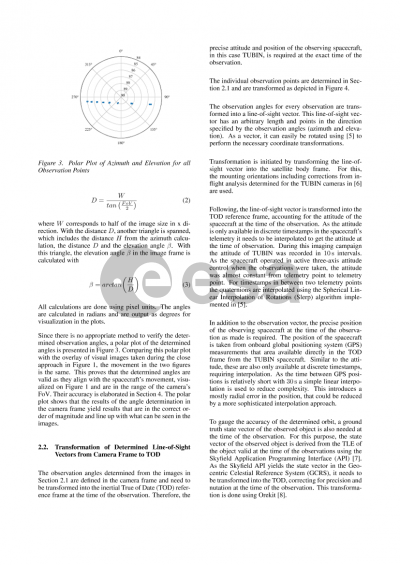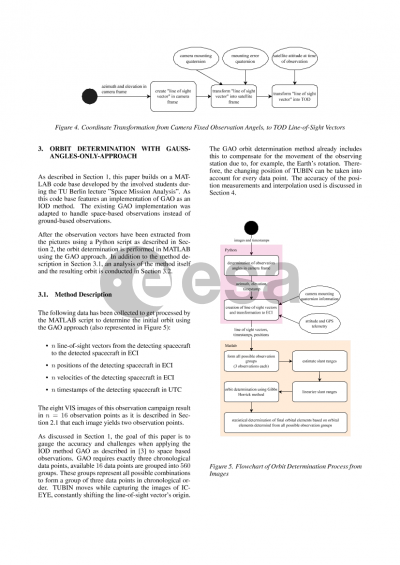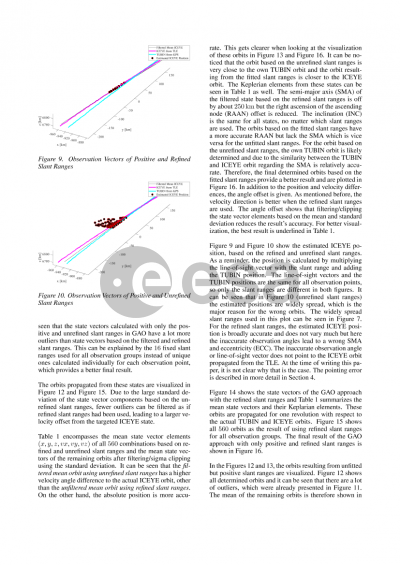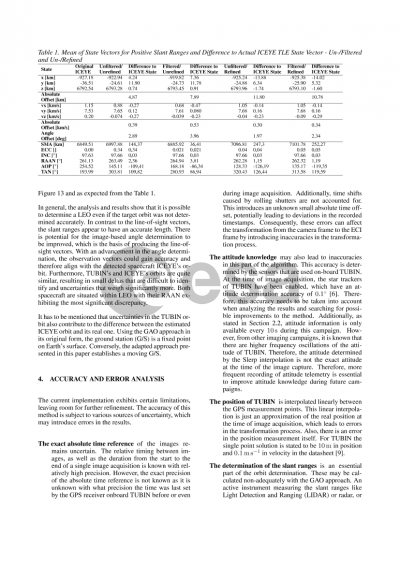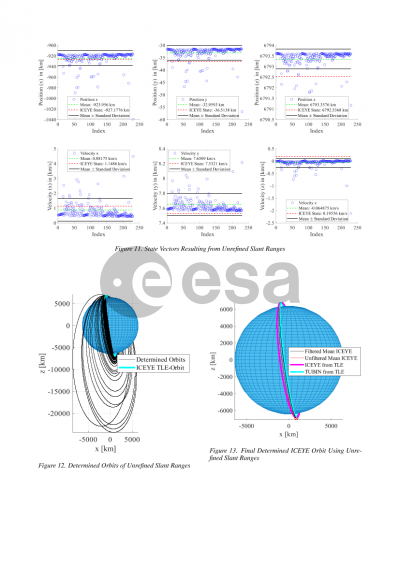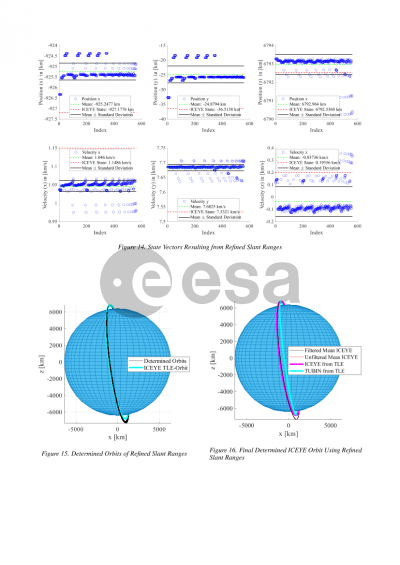Document details
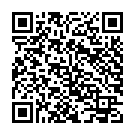
Abstract
The increasing amount of resident space objects around Earth poses major challenges in spacecraft operations and a significant risk for the integrity of space-based infrastructure.
This risk can be addressed in many different ways as active debris removal, proper passivation to prevent fragmentation, more stringent requirements regarding orbital dwell times, and many more.
However, all of these approaches require accurate orbit determination of resident space objects of all sizes.
To reliably track smaller objects and gather more data overall, space agencies and commercial companies are increasingly interested in space-based object detection and tracking.
One of the recently proposed missions is the PRINCESS (PRecise IN-orbit Collision prediction and space Environment Surveillance System) mission, which aims to serve as an in-orbit testbed for object detection and orbit determination algorithms, using a suite of optical sensors as well as two dedicated CubeSats serving as observation targets enabling ground truth measurements.
During the preparation for the PRINCESS mission the opportunity has arisen to test space-based orbit determination independently using a dataset captured by TU Berlin's TUBIN spacecraft during a close encounter in may of 2024.
During the close encounter TUBIN has captured a dataset of visual and infrared images showing the other satellite which has been launched along with TUBIN in 2021.
The captured images show the satellite as a visible bright line, which alow the extraction of two observation data points per image.
This phenomenon is used to estimate the velocity with the provided data set and allow a statement about the degree of accuracy in velocity determination.
The underlying orbit determination is implemented with the utilization of an angles-only approach for calculating the position vectors that feed into a Gibbs and Gibbs-Herrick method for velocity estimation.
A statistical methodology is employed to determine the final orbit.
The TLE data valid at the time of closest approach is used as a baseline for assessing the result's accuracy.
This paper studies the general feasibility and achievable accuracy of opportunistic space-based orbit determination using the existing Earth observation spacecraft TUBIN.
Particular challenges affecting the accuracy for a successful space-based orbit determination are posed by accumulating errors of the orbit and attitude determination of the TUBIN spacecraft itself, errors in camera and camera angle errors.
Moreover, the high relative velocities and low distances impede orbit determination significantly, as the resulting observation time window only covers a very small fraction of the observed orbit.
Furthermore, the challenges and lessons learned are laid out to aid in the design and operations of future space-based orbit determination missions like PRINCESS.
Preview


